
The Helm of Awe [Viking Symbol and Rune]
November 27, 2023 Table of Contents The Helm of Awe. The name itself sounds remarkable and powerful. Yet it is known by a range of other names such as the Helm of Terror, Aegishjalmur, and the Viking Compass. It sounds as though it is an object that should be venerated and is one of the most mysterious and powerful symbols of Norse mythology.

101 Amazing Helm Of Awe Tattoo Designs You Need To See! Outsons Men
The Helm of Awe or Helm of Terror (Icelandic: Ægishjálmur, Old Norse Œgishjalmr) is an object in Norse mythology relating to the hoard protected by the worm Fáfnir and subsequently the name of a modern Icelandic magical stave . Medieval attestations of the object Völsunga saga

Helm of Awe Pewter Pendant Museum Replicas
Aegishjalmur, also known as the Helm of Awe or Helm of Terror, is a powerful Icelandic magical stave that has been used for centuries. It is characterized by its unique design, consisting of an octagonal shape with eight radiating arms or tridents. The Helm's "arms" resemble Z-runes, often referred to as "Algiz" in modern times. Given.
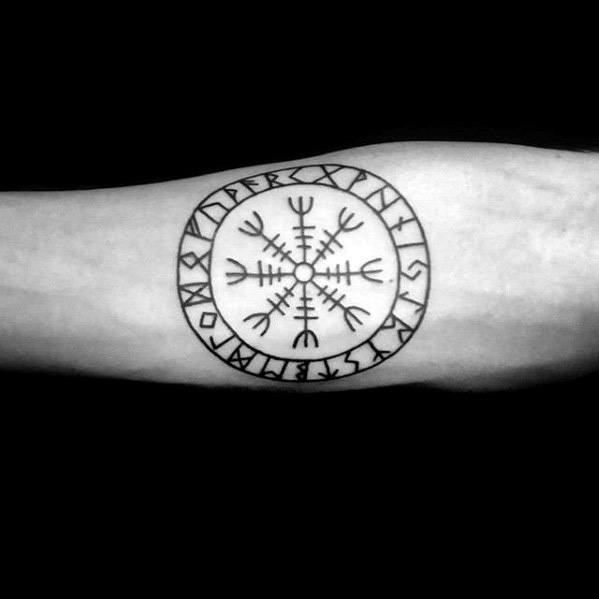
40 Helm Of Awe Tattoo Designs For Men Norse Mythology Ideas
It signifies a barrier or shield against potential threats. Awe and Terror: The 'Aegis' component, while translating to 'shield', carries connotations of both awe and terror in its protective capacity. In Old Norse contexts, shields were not just passive protective items but were also symbols of a warrior's might and presence on the battlefield.
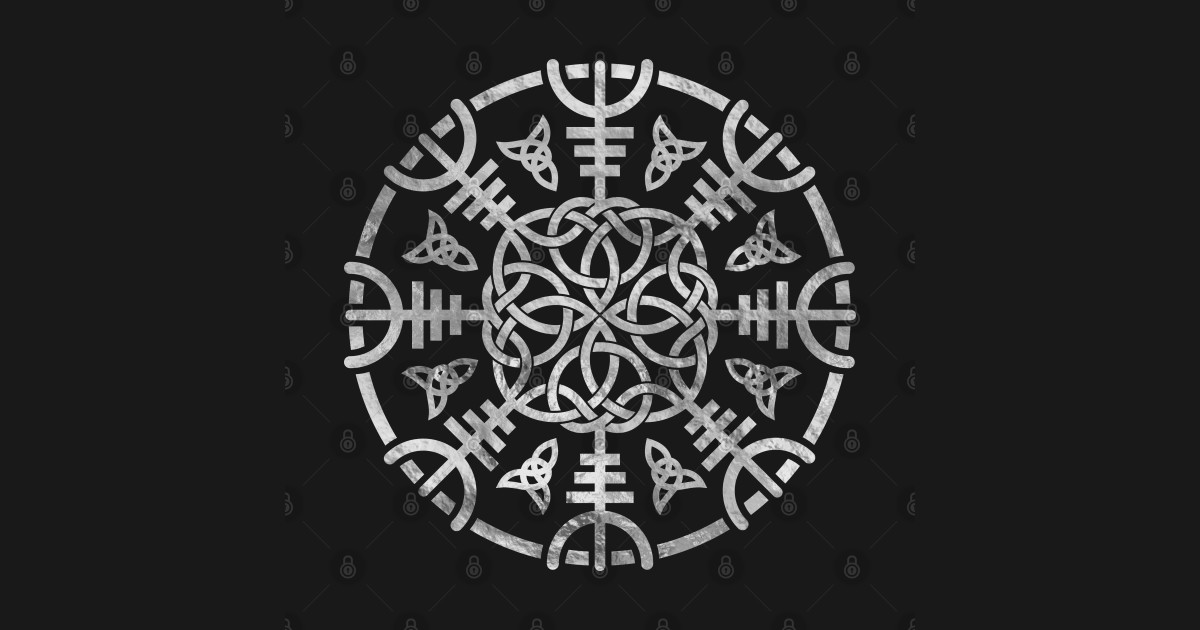
Helm of awe Helm Of Awe Posters and Art Prints TeePublic
The Helm of Awe or Aegishjalmur is one of the popular runic symbols mentioned in 17th-century Icelandic grimoires (books of spells). It is also one of those Viking symbols that are often associated with the fortitude to overcome fears so warriors used it as a talisman. It was said to protect them during battles.

Helm Of Awe Origin, History & Meaning in Norse Mythology
The Helm of Awe ( Old Norse Ægishjálmr, pronounced "EYE-gis-hiowlm-er") is one of the most mysterious and powerful symbols in Norse mythology.

Helm of awe embroidered patch 8x8 cm Etsy
The Aegishjalmur, also known as the Helm of Awe, has its roots in Norse mythology. The symbol represents a powerful protective talisman that instills fear in enemies, providing strength and protection to the wearer. The Aegishjalmur is believed to have been associated with the god Odin, who was revered for his wisdom and knowledge of magic.

Helm of Awe, Helm of Terror, Icelandic Magical Staves with Scandinavian
Icelandic magical staves ( Icelandic: galdrastafir) are sigils that were credited with supposed magical effect preserved in various Icelandic grimoires, such as the Galdrabók, dating from the 17th century and later. [1] [better source needed] Table of magical staves See also Galdr Hex sign Runic magic References

Helm Of Awe Viking TShirt TeePublic
The Helm of Awe (Icelandic: Ægishjálmur ), a magical symbol (stave) recorded in an Icelandic manuscript in the 1600s.
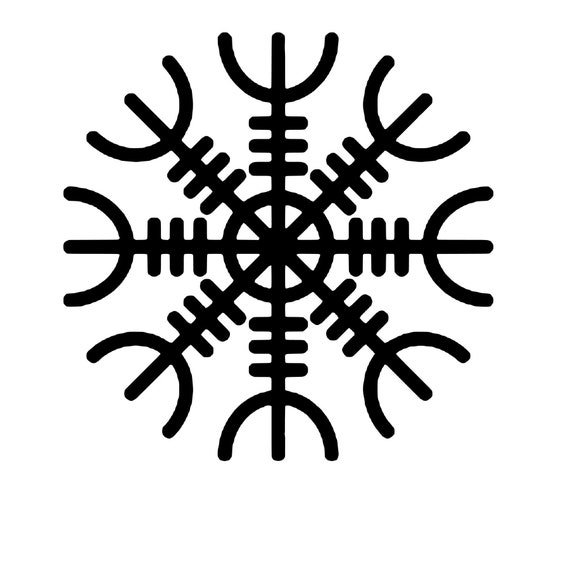
Helm of Awe Etsy
The Helm of Awe (Ægishjálmr in Old Norse) has no meaning by itself. Much more important for Viking culture is what it represents. It is probably the most powerful symbol in the entire Norse mythology. Its origins in the Viking mythology comes from Poetic Edda.
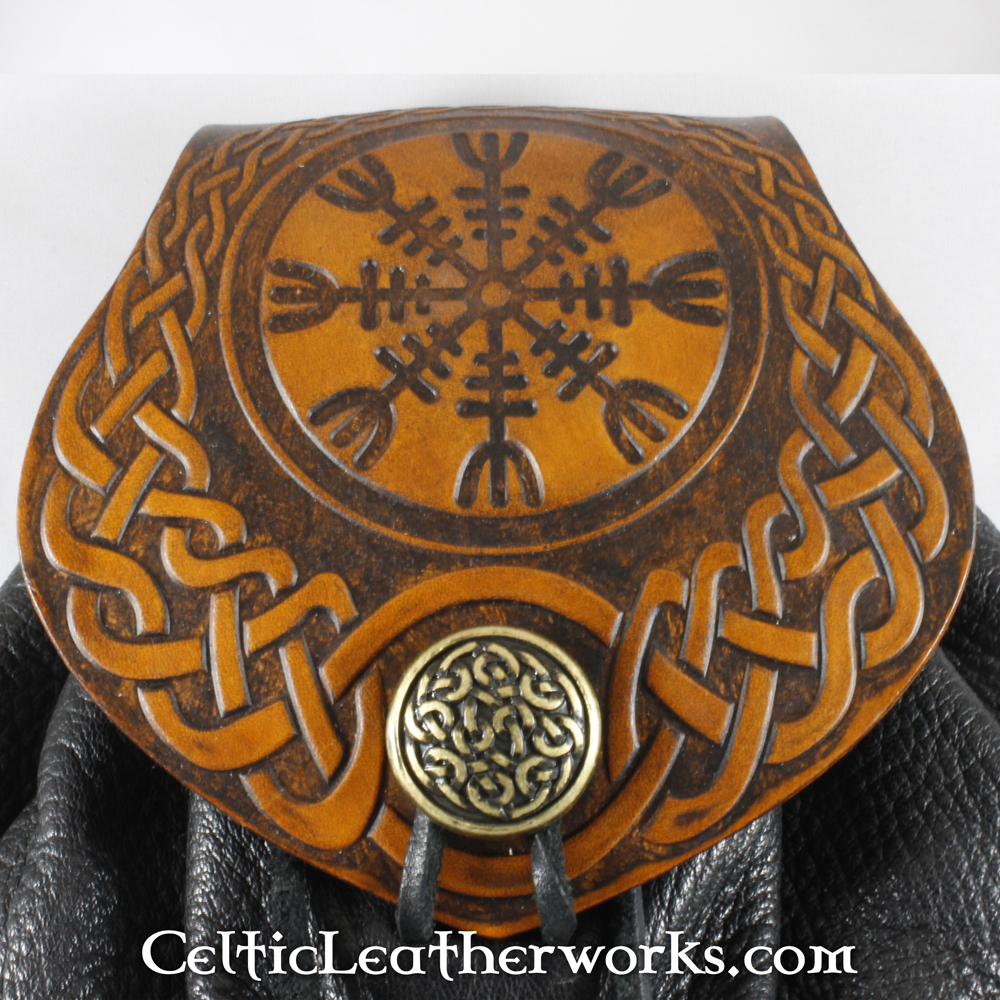
The Classic Helm of Awe The Ægishjálmur I Celtic Leatherworks
What does the Helm of Awe represent? Aegishjalmur is a symbol of the Viking culture and is most commonly used as a symbol for Protection. The symbol looks like a Helm or a Crest and is the name given to Norse mythology's version of Thor's hammer: Mjollnir. The Aegishjalmur (or "Helm Of Awe") is typically worn as a pendant, or on a necklace.

Helm of Awe Box Museum Replicas
The name Aegishjalmur translates to 'helm of awe' and is a famous symbol worn in Norse mythology. The 'helm' refers to the shape of the symbol, which can be made using two hands. If you extend your arms out, palms down, and place one hand on top of the other, this is the basic shape. This symbol was commonly used as a protective charm against.

Helm of awe helm of terror icelandic magical Vector Image
The Helm of Awe or Helm of Terror (Icelandic: Ægishjálmur, Old Norse Œgishjalmr) is an object in Norse mythology relating to the hoard protected by the worm Fáfnir and subsequently the name of a modern Icelandic magical stave. The modern Icelandic occult symbol that shares the name of the object in Norse mythology Oops something went wrong: 403

Helm of Awe by hildurko on DeviantArt
The Helm of Awe or Helm of Terror is symbolic of a "vague artifact" described in the ancient pages of Norse mythology that also functioned as a form of magic, spell, or incantation. (Dbh2ppa / Public domain) The Helm of Awe: Physical Object or Spell? One of the earliest references to the Helm of Awe seems to refer to it as a physical object.
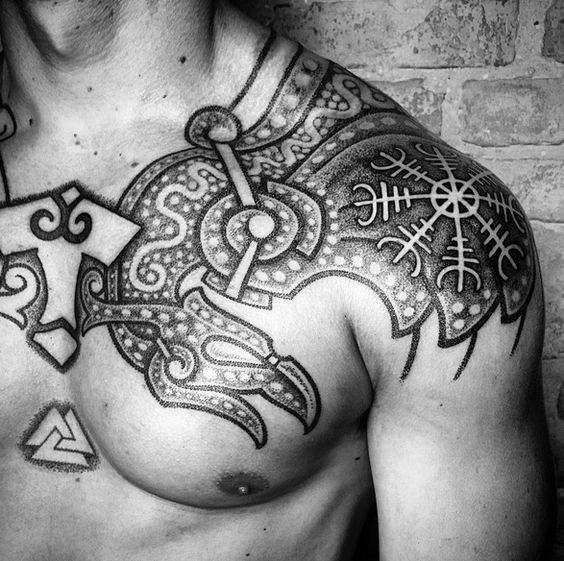
Top 37 Helm of Awe Tattoo Ideas [2021 Inspiration Guide]
The Helm of Awe, also known as Ægishjálmur, is a powerful symbol in Norse mythology. It is prominently mentioned in the Poetic Edda, a collection of Old Norse poems that date back to the 13th century. The exact origins of the Helm of Awe are unclear, but it is believed to have been used by warriors and seafarers as a protective symbol.
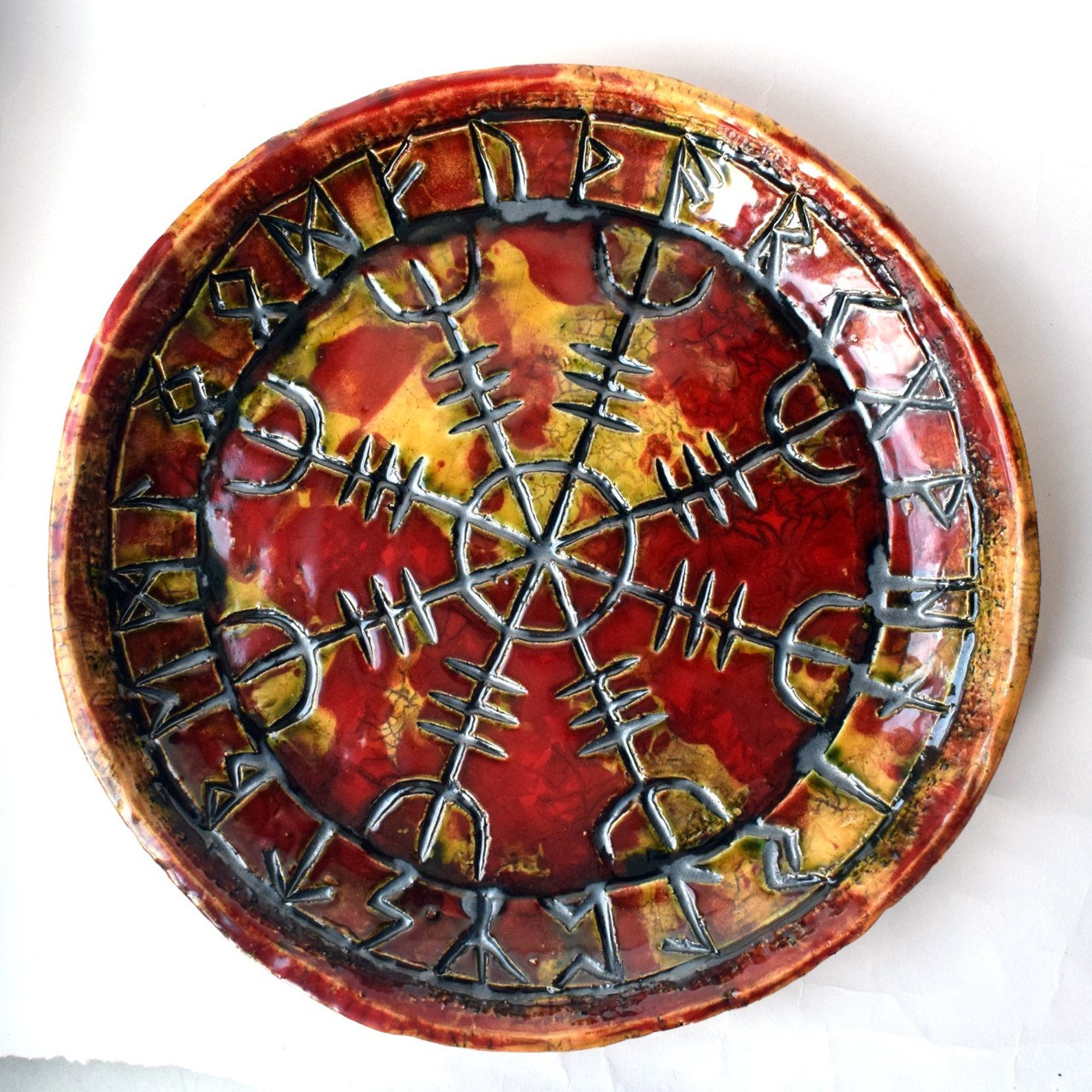
Helm of Awe Ægishjálmur Etsy
The Sorla þáttr, written by two Christian priests in the 14th century speaks of the Aegishjalmr as the 'Helmet of Horror'. In it, one warrior warns another not to look the enemy knight in the face because he wears the Aegishjalmr. However, the text seems to imply that the said helmet is a physical shield donned by the knight.